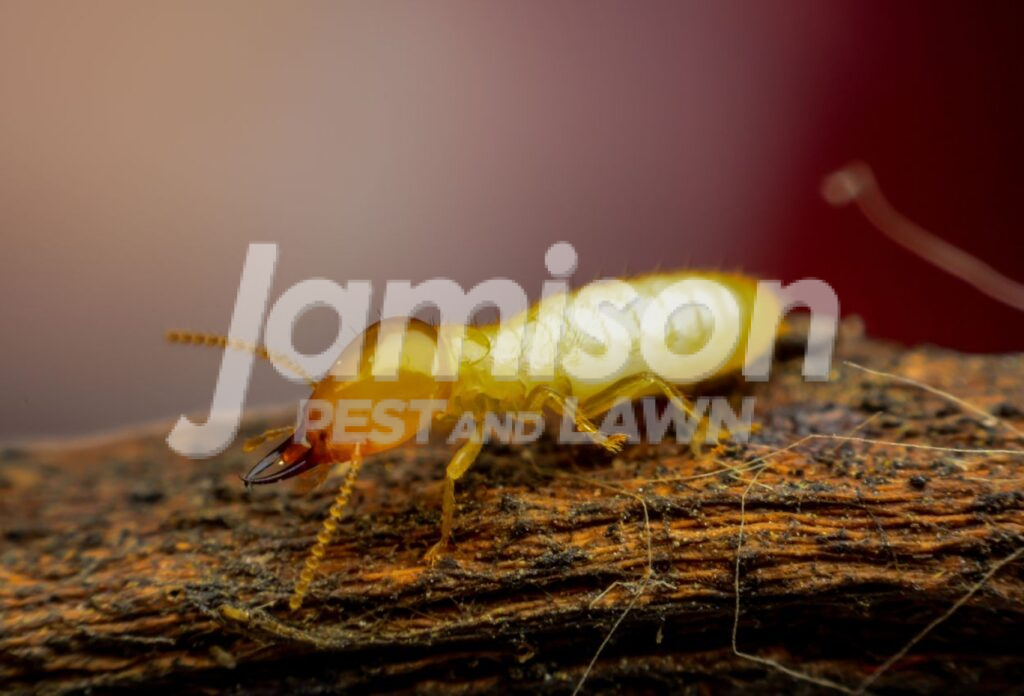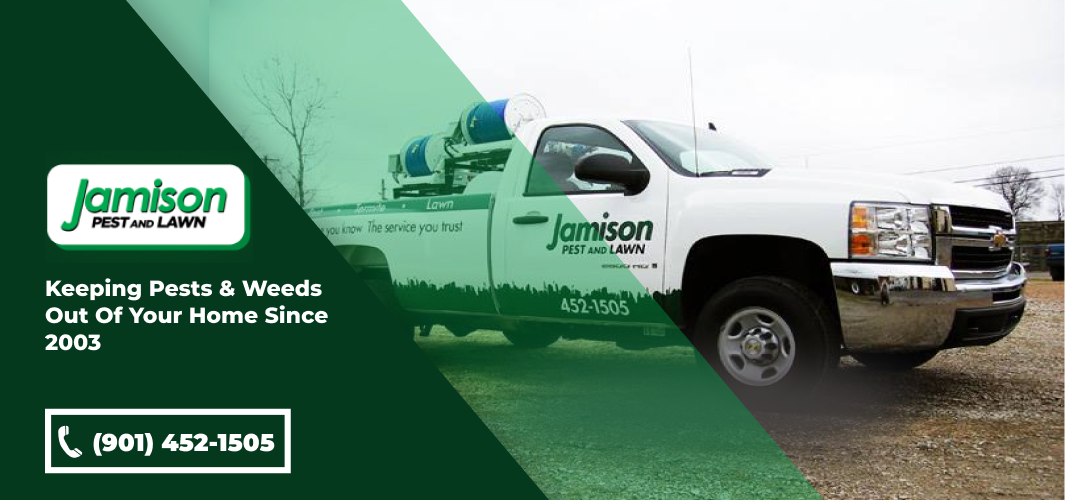Termites are infamous for the damage they can cause to homes. We have already covered these pests in detail in our blog: Termites 101, but with so many subspecies, it’s important for you to learn as much as you can about each type.
That being said, among these types of termites, Formosan termites stand out as one of the most destructive species in the world. If you’re a homeowner in Mississippi or Tennessee, understanding the type of destruction these pests can carry out is critical to protecting your property. Let’s dive into everything you need to know about Formosan termites, from what they are to how to keep them away.
What Are Formosan Termites?
There are three primary types of termites in the United States: dry wood, damp wood, and subterranean termites. While you wouldn’t want any of these types of termites near your home, subterranean termites represent the most significant threat to us and our homes.
Being subterranean means that they live primarily underground and require moisture to survive. Originally from East Asia, they earned the name “Formosan” from the island of Taiwan, historically known as Formosa. These termites made their way to the United States decades ago and are now prevalent in warm, humid states, including Mississippi and Tennessee. Because they’re not native here, they’re known as an invasive species.
What makes Formosan termites so dangerous is their aggressive nature and the massive size of their colonies. Unlike typical termites, a single Formosan colony can have millions of termites, allowing them to consume wood much faster, making them a serious threat to homes.
Where Are Formosan Termites Found in Mississippi and Tennessee?

Formosan termites thrive in warm, moist environments, making the climate in southern states like Mississippi and Tennessee ideal for them. They are particularly common in urban and suburban areas, where plenty of wood structures and landscaping provide a steady food source.
In these states, Formosan termite infestations are often found in:
- Foundations and basements: Where moist soil meets your home’s structure.
- Wooden fences and decks: Especially those in direct contact with soil.
- Dead trees and stumps: Ideal environments for these termites to establish colonies.
- Inside walls and roofing: When they find an entry point, they can spread fast.
Homeowners in these regions need to be especially cautious during spring and summer when Formosan termites swarm to establish new colonies.
Why Are Formosan Termites So Dangerous?
Formosan termites are sometimes called “super termites,” and for good reason. They’re not just a little more destructive — they’re significantly more harmful than other types of termite species. Here’s why:
Larger Colonies:
Out of all the termites, the colonies formed by the Formosan termites are the largest. A colony of Formosan termites can contain more than a million termites. Yes! You have heard this right, millions of termites in a single colony can destroy wood structures faster and more extensively.
Efficient Feeders:
Since there are a lot of termites, they not only do the work faster, but more efficiently. Formosan termites consume wood more quickly than other species, which means the damage to your home can accumulate rapidly.
Above-Ground Survival:
Unlike most subterranean termites, Formosan termites can establish satellite colonies above ground if moisture is available. This makes them harder to detect and eradicate.
Signs of a Formosan Termite Infestation
While you might think that because there are millions of termites in this colony it will be easier to spot signs of infestation, this is not the case. While they are big colonies, they don’t start that way, and in the initial stages, you can get rid of the entire colony if you’re paying close enough attention to the signs.
Swarming Activity
Formosan termites swarm in the evenings during the spring and summer months. If you notice large groups of winged termites near light sources or find discarded wings around windows or doors, it’s a strong indication of an active colony nearby.
Mud Tubes
Like other subterranean termites, Formosan termites build mud tubes to travel safely between their colony and food sources. Look for pencil-sized mud tubes around your home’s foundation or walls.
Wood Damage
Formosan termites chew through wood from the inside out, often leaving behind hollowed-out sections. Tap on wood around your home, and if it sounds hollow or feels weak, termites may be at work.
Blistered or Bubbling Paint
Damage caused by termites inside walls can sometimes look like water damage, with bubbling or blistered paint across the surface as a result.
Nest Formation
Unlike many other subterranean termites, Formosan termites can create nests above ground if they find enough moisture. These carton-like nests are often found inside walls or attics.
How to Prevent Formosan Termites From Infesting Your Home?
Prevention is your first line of defense against these destructive pests. Here are some practical steps homeowners can take:
Reduce Moisture Around Your Home
Termites are attracted to moisture. Repair leaks in your plumbing or roof, and ensure proper drainage around your foundation. Use dehumidifiers in basements and crawl spaces.
Eliminate Wood-to-Soil Contact
Avoid letting wooden structures like decks, fences, or door frames touch the ground. Use concrete or metal barriers to separate wood from soil.
Clear Away Dead Wood
Make sure to clear your yard of any tree stumps, fallen branches, and wood debris. These materials can attract termites, acting as a magnet for these pests. Keeping your outdoor space tidy not only enhances its appearance but also minimizes the risk of termite infestations.
Seal Cracks and Openings
Termites are very small in size. This makes it very easy for them to get in through the smallest of cracks and multiply. Inspect your home’s foundation, windows, and doors for cracks or gaps where termites could enter. Seal these with caulk or other appropriate materials.
Schedule Regular Inspections
Professional termite inspections are essential, especially if you live in Mississippi or Tennessee. Catching a problem early can save you thousands in repair costs.
How Do You Treat Formosan Termite Infestations?
No one wants their home infested by termites, let alone Formosan termites. But what are the steps to take if they do find their way to your home or backyard? If you suspect an infestation, it’s vital to act quickly. DIY solutions may seem tempting, but Formosan termites are notoriously tough to control without professional help.
- Inspection: An assessment is conducted to determine the extent of the infestation and locate the colony.
- Treatment: Use advanced termite control methods, such as baiting systems, liquid treatments, or a combination of both.
- Follow-Up: Regular monitoring to ensure the infestation is completely eradicated and prevent future issues.
Formosan subterranean termites can spread quickly, so delaying treatment will only lead to more extensive damage and higher repair costs.
Best Formosan Termite Control Services In Memphis, TN
Formosan termites are a serious threat, but with the right knowledge and professional help, you can protect your home. At Jamison Pest and Lawn, we have years of experience in Formosan termite control.
If you suspect termites or want to take proactive steps to protect your property, don’t wait. Contact us today at (901) 452-1505.




